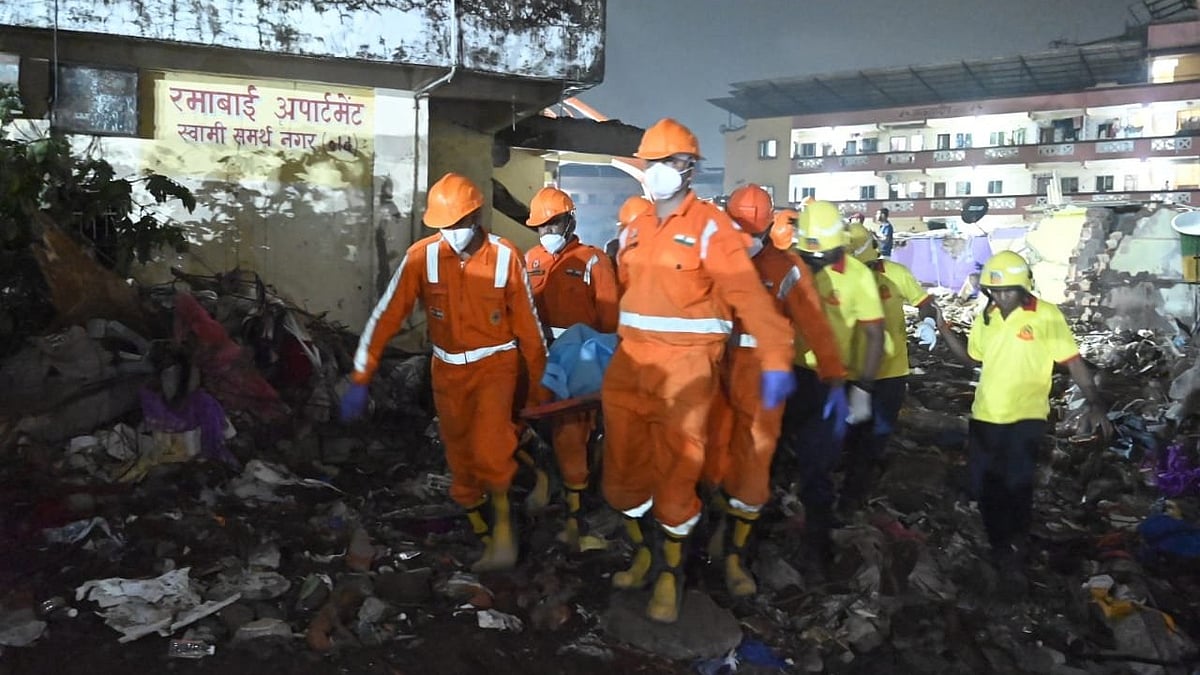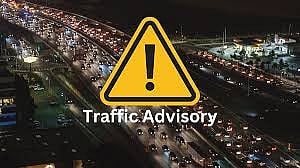Mumbai: In a shocking revelation, more than 6.2 lakh vehicles were wrongly fined for traffic violations on the Mumbai-Pune Expressway between January 2023 and March 2024. The fines, amounting to Rs 12.4 crore, were issued to mostly four-wheelers lawfully driving in their designated lanes, falsely flagged for 'wrong-side driving.' The disclosure, made through a Right to Information (RTI) query, sparked widespread outrage among motorists and raised serious concerns about the reliability of automated traffic enforcement systems.
What Led To Erroneous Fines?
According to the Maharashtra State Road Development Corporation (MSRDC), the fines were triggered by a glitch in an AI-powered camera-based surveillance system deployed to detect lane violations and ensure road safety, reported Cartoq, an automobile news portal.
However, due to either faulty camera placement or flawed software configuration, the system mistakenly identified vehicles driving in the correct direction as violators. These errors were processed automatically, with e-challans generated and sent to vehicle owners without any manual review or verification, according to the report.
The expressway, known for its high-speed corridor and heavy vehicular traffic, relies on this automated system to deter reckless driving. Ironically, the very technology meant to enhance safety and enforcement ended up penalising thousands of law-abiding citizens. Motorists were shocked to receive challans for violations they never committed, with no clear explanation provided. Many, unaware of how to contest the charges, ended up paying the fines to avoid prolonged legal or administrative delays.
The RTI revelation has exposed a severe oversight in the system’s checks and balances. With an average of over 1,300 wrongful challans issued per day over 15 months, the failure to identify and correct the issue earlier raises questions about accountability and operational transparency. Experts argue that the lack of a secondary verification process and absence of appeal mechanisms has significantly eroded public trust in AI-enabled enforcement technologies.
MSRDC Assures Corrective Measures
In response to the public backlash, MSRDC initiated corrective measures, including recalibrating camera angles and reviewing the enforcement software. Officials have also stated that refunding wrongly collected fines is under consideration, though no formal mechanism or timeline has been announced, reported Cartoq.
The incident has become a cautionary tale in the rollout of automated traffic systems across the country. As cities push for AI-integrated safety infrastructure, the Mumbai-Pune Expressway glitch serves as a reminder that technological solutions must be implemented with robust oversight, transparency, and redressal mechanisms to protect citizens from systemic failures.









